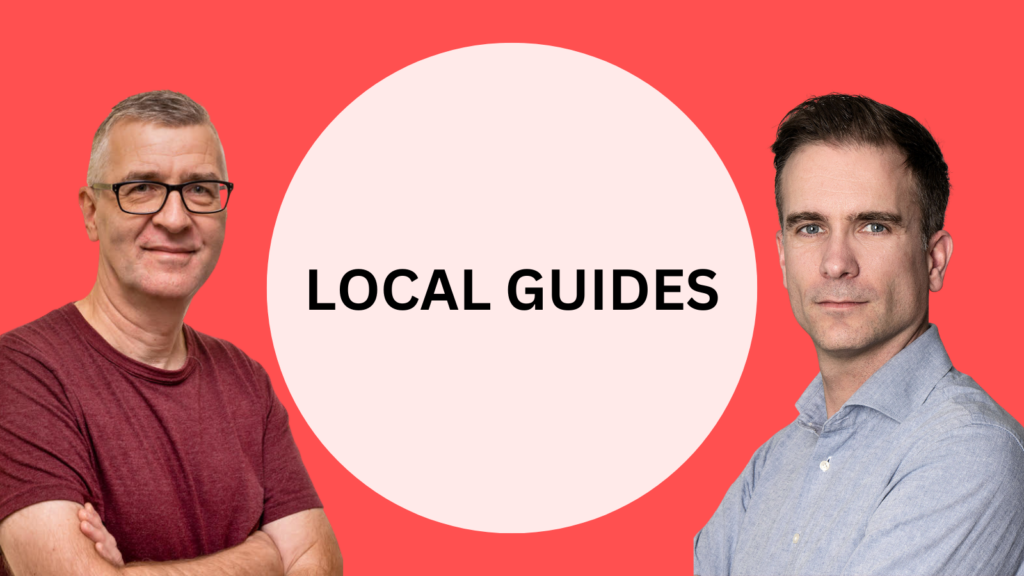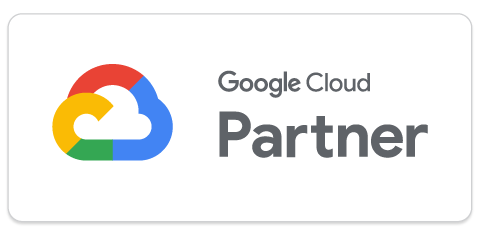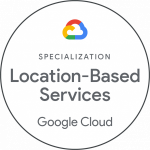In the context of Google Maps you might have heard of the term local guides. And the only thing you know about those local guides might be that they are people adding content to Maps. Although that statement is absolutely true, it is far from complete. Yes, local guides indeed primarily add reviews and pictures to places on Google Maps, but there is much more that (a sub-section of the) local guides are doing.
What is the local guides program?
Before diving into the specifics, allow me to briefly explain the concept of the local guides program – as it is indeed an elaborate program and community set up and maintained by the Google Maps team. Based on the numbers disclosed by Google, the local guides community might even by one of the biggest communities of volunteers worldwide; the most recent number I have seen was 160 million (Google used to communicate much more about the number of local guides a couple of years ago, when the number was increasing at a rapid pace, but since Corona it seems to have plateaued for a while now). And the entire program is on a voluntary basis: no money is exchanged by any of the parties involved – local guides are even explicitly prohibited from accepting money (or any other type of compensation) for their contributions to Google Maps.
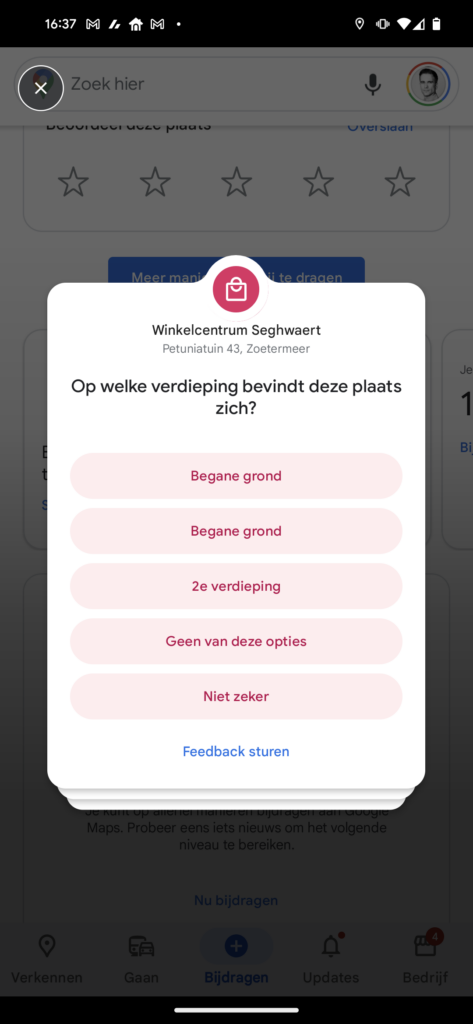
How does gamification help local guides?
A major trigger to keep local guides contributing is gamification. For each contribution, the local guide gets a number of points. Contributions that are easy (like answering a yes/no question) are rewarded with 1 point, for contributions that require a bigger effort you get more points (5 for adding a picture, 7 for a video, 10 for a review and even 20 for a longer review). And those points are then all added up to reach higher levels upon reaching certain predefined numbers of points. At first the move to a next level is quite easy as you only need to make a few contributions to move up a level, but to reach the highest level (10) you need to collect a whopping 100.000 points (meaning adding 10.000 reviews or 20.000 pictures, to just stick to those 2 types of contributions). You also need to know that there are several mechanisms in place to detect people who are abusing the system (adding 10.000 reviews sounds like a lot, but anyone with some skills in automation these days, could relatively easily develop a script to add a review like “Nice place” to 10.000 random places on Maps) and quite a few profiles are kicked out of the program because of abuse.
As I mentioned, there is much more local guides are engaging in. Adding reviews and pictures may be the main activities for the vast majority of local guides, a small but vibrant sub-section of the local guides community is making contributions aimed to improve the quality of the data on Google Maps, both by adding missing information, editing existing data points and removing obsolete or incorrect information.
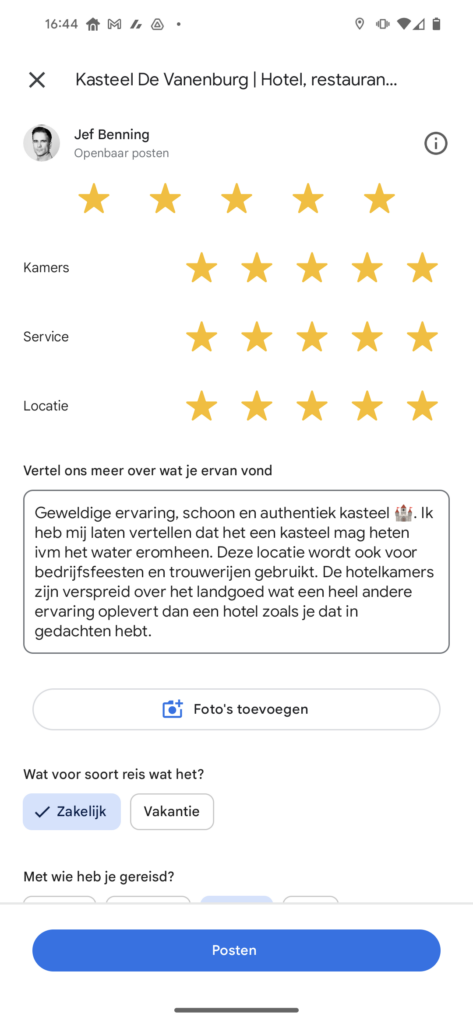
Helping business with incorrect data
Adding missing information can be both adding data to places that are already listed on Maps (but have no opening hours, telephone number, etc) or adding missing places. Not all business owners are aware of the Google Business Profile program – and the importance of having your business show up on Maps in the first place – so local guides will sometimes add newly opened businesses. And in the last year or so there has been a very specific focus from a number of extremely dedicated local guides in adding missing roads, another type of contribution. Some of them have added literally thousands of roads after Google has provided some new tools to enable local guides to more easily add roads (and rewards a road addition or correction with 15 points).
When it comes to editing information for places already listed on Maps, there are quite a few possibilities for local guides to score points. Any type of edit will bring 5 points – and in my journey as local guide this has been the main source of points leading me to level 10 (with over 27.000 approved edits at the time of writing – yes, it’s a hobby that has gotten ‘slightly’ out of hand). Typical edits are correcting the name of places (written in ALL CAPS, having legal terms like ‘Ltd’ or ‘Inc’ as part of the name, etc), selecting a more appropriate category (such as ‘Italian restaurant’ instead of the more generic ‘Restaurant’ or ‘Escape room center’ instead of ‘Amusement center’ – which is definitely bound to improve search results) or moving the pin to the correct location (for some businesses the pins are 20 meters off or in the middle of the street instead of on the actual location – possibly due to an import with inaccurate location data).
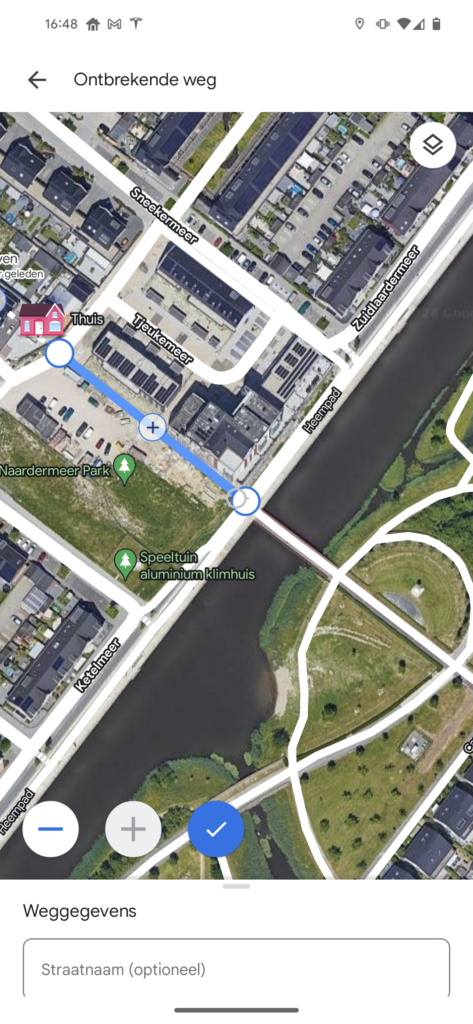
Keeping Google Maps clean & correct
And then there is removing things that no longer belong on Maps (or never should have been added in the first place). No shop or business is around forever. When a new shop opens, the business owner will often (but not always, as mentioned before) add it to Maps, but when the business unfortunately has to close, it is unlikely that the business owner will take the time to remove the place from Google Maps. So, this is an activity some local guides engage in, as part of a campaign called Local Guides Clean The Map (#LGCTM) – an initiative I started a couple of years ago on Local Guides Connect, the official forum that Google provides for the local guides community.
Fighting spam listings on Google Maps
Apart from removing obsolete places from Maps, some local guides as also genuine spam fighters, tracking down fake listings of e.g. locksmiths pretending to be local businesses, but in reality only collecting information from desperate people who have locked themselves out of their house and then selling that info as leads to the highest bidding real locksmith (you can read all details of that story in a #LGCTM case study on Local Guides Connect).
By now you might be wondering why on earth are those local guides putting their time into this without getting a single cent for all the work? As mentioned above: gamification is a big incentive (I have a small confession to make here: before being part of the local guide program, part of the time I now typically spend on it was spent on casual games such as Angry Birds or Candy Crush – games where your goal typically is… to reach the next level). Another motivation that comes up time and again in conversations with local guides is linked to altruism: the satisfaction you get from helping out others (both the users of Google Maps and the local businesses listed on Maps) in an app that is used by billions.
Are there incentives for local guides?
Other incentives are not about altruism at all, though. I mentioned earlier that local guides are not allowed to receive any form of compensation for their contributions, but there are some perks given by Google themselves from time to time. Those can be very small, such as a pin or a pair of socks (sometimes causing more frustration than joy due to the random fashion in which the local guides receiving them are selected, or due to the items getting stolen during the delivery process), but can also be really valuable, such as being invited to the Google HQ in Silicon Valley or their Tokyo office, with all costs for travel and accommodation taken care of by Google (both of which I have had the pleasure to enjoy). The big incentive in that context was a yearly event called Connect Live, where the Maps team was inviting 200 high-performing local guides from all over the world to the Google HQ; unfortunately, Corona stopped that from happening after 2019, and it is unclear if it will ever be reinstated. The crucial question there, from Google’s perspective, is of course if they still need to provide such big incentives if the number and quality of contributions seems to be high enough even in the absence of them.
What if your changes don’t get accepted?
Ever find yourself puzzled when your efforts to update Google Maps seem to vanish into thin air?
Fear not, for there’s a world of possibilities for those looking to make their mark on Google Maps, and Localyse is your all-knowing guide through this maze. It’s not just about uploading content; it’s about mastering the art of Location Intelligence. Ever wondered how to tweak route suggestions, declare private land off-limits, or how the maps are even constructed? Sure, tossing in a photo or review is a piece of cake for anyone. But what about the heavy lifting, like editing road networks, managing points of interest in bulk, or adding lakes, holiday resorts, and hospitals to the map?
And then, there’s the race against time. Need to make urgent changes due to business needs or safety concerns? Remember the mantra, “every second counts”? Take, for example, a hospital in Hilversum that Google Maps mistakenly directed visitors to the wrong entrance. Localyse stepped in to correct the route, shaving off a crucial 15 minutes of travel time. Just imagine the difference that made!
So, if you ever feel stuck or simply can’t afford to wait for a local guide or Google themselves to spruce up the map, Localyse is here to help you navigate through.
Want to learn more? Listen to the LetsGuide Podcast!
This article was written by guest author:
Jan Van Haver
Moderator on Local Guides Connect
Host of the LetsGuide Podcast
